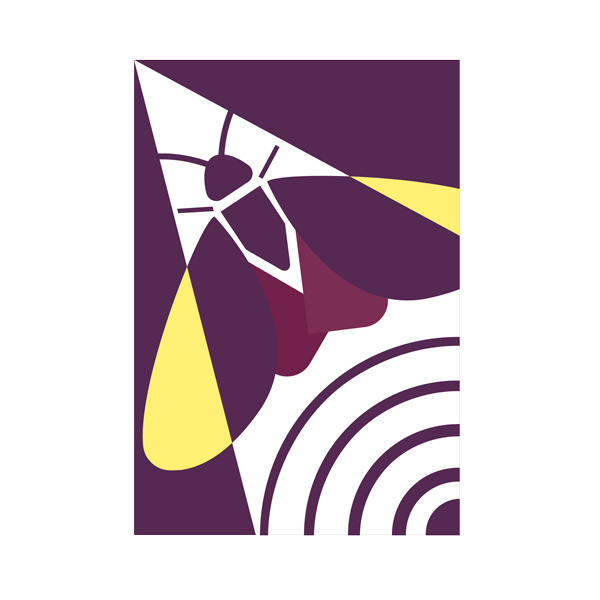On 7 November 2024, Belgium’s Council for Permit Disputes issued a ruling that annulled, for the second time, an environmental permit to install public lighting along a bicycle path in Lokeren.
Author: Geert Van Hoorick – PLAN-B General Coordiantor
Specifically, the permit proposed installing glow studs on both sides of the path, which runs along an old railway line through or adjacent to protected natural areas. These areas include a Special Area of Conservation designated under the EU Habitats Directive, notably due to the presence of species such as the mop bat and glowworms.
The case was contentious from the outset, attracting significant media attention. Currently, the bike path is illuminated by highly fluorescent road markings along its centre, as shown in the accompanying photograph. While the City of Lokeren sought to enhance cyclist safety through additional lighting, environmental groups and the Agency for Nature and Forest opposed the project. They argued that the lighting posed a serious threat to bats and glowworms and was unnecessary given the existing markings.

In its 66-page ruling, the Council agreed with the Agency’s assessment. It concluded that introducing additional lighting would violate environmental protections, as no overriding need for the lighting had been demonstrated, and a less harmful alternative (the existing fluorescent markings) was already in place. This assessment aligns with the prohibition of significant habitat degradation under the relevant legislation.
Interestingly, the Council had already annulled an earlier version of the permit in this case. Following that decision, the City conducted additional studies and revised its proposal by removing glow studs from 1.7 km of the nearly 5 km path. Despite this modification, the Agency maintained that any additional lighting—even glow studs, which are considered less harmful than other forms—could still adversely impact the local ecology.
A critical factor in the Council’s decision was the City’s failure to demonstrate that the additional lighting was essential for cyclist safety. Evidence suggests that the existing fluorescent markings provide sufficient visibility for safe navigation. In many cases, political motivations, such as improving the perceived safety of cyclists regarding potential criminal activity, drive proposals for additional lighting. However, recent research does not substantiate a clear need for such measures.
This ruling likely signals the end of proposals for further lighting along this stretch of the bicycle path, setting a significant precedent for balancing safety concerns with environmental protection within the context of light pollution.
Often the perception of insecurity in poorly lit environments is used as a reason for over-lighting these areas, generating conflicts between their users – in this case, cyclists who make use of this type of infrastructure – and the biodiversity that inhabits them. PLAN-B works to facilitate meeting points and advise institutions on a fair regulation that tackles noise and light pollution in our ecosystems.
If you are interested in the effects of light and noise pollution, you can subscribe to our newsletter to find out about our project’s activities, as well as write to us if there are cases in your area where we can help.
Featured Photo: Joris Everaert – Night picture of already highly reflective lines on the cycling and walking path in Lokeren through nature.

